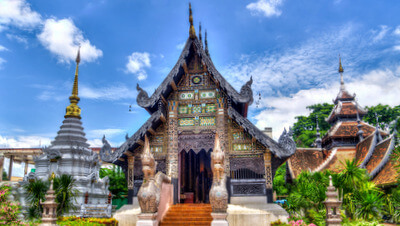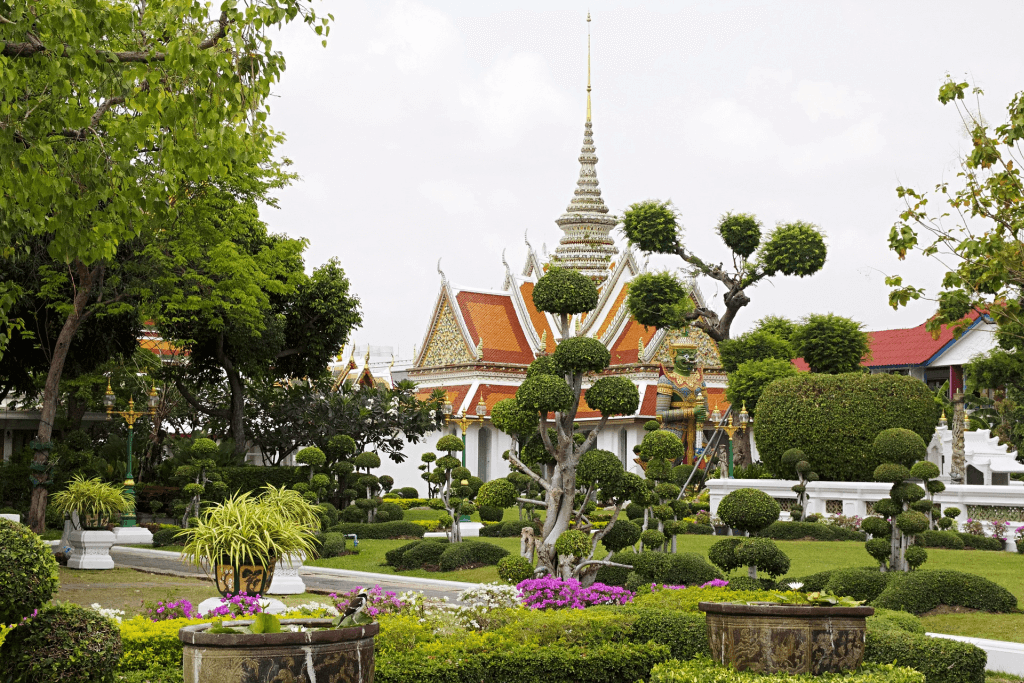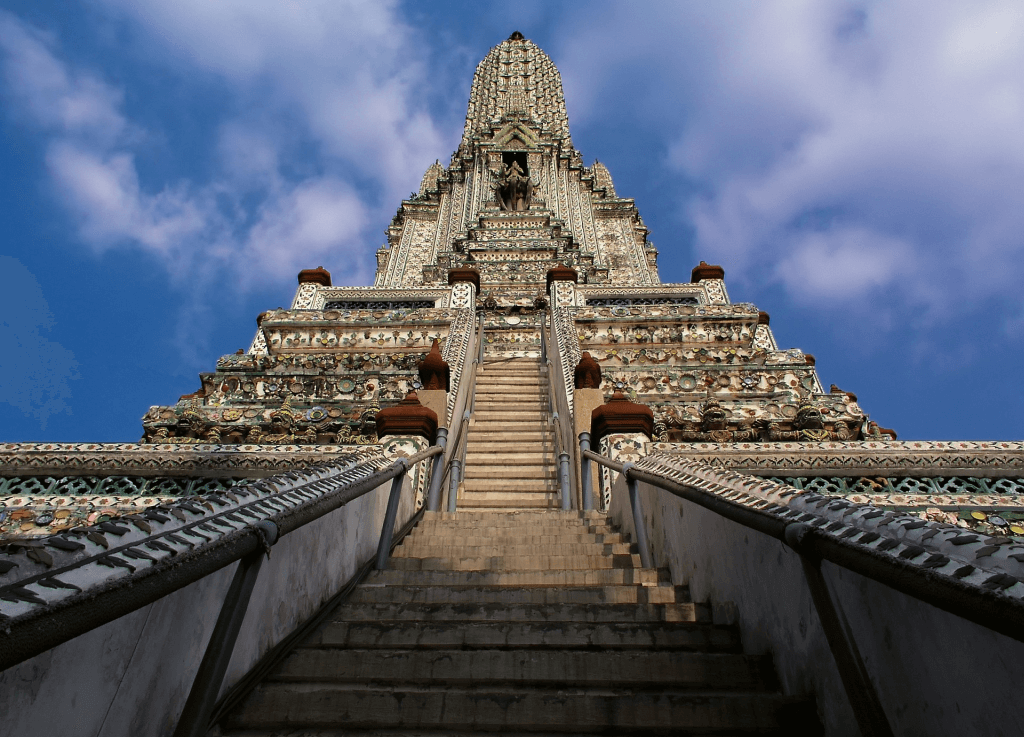Thailand


The temple Wat Arun is located directly on the west riverside of the Chao Phraya River, just infront, across from Wat Pho and the Kingspalace.
It is also called the Temple of Dawn.
The temple was built in 1768 when Ayutthaya was still the state capital and was originally called Wat Makok. Olive Temple.
The sacred Buda from Esmeralda was kept here for a time before making its home at Wat Phra Kaew in 1784. The Esmerald Buddha was captured by King Phra Phutthayotfa Chulalok RamaI in Vientian.
It was one of the first temples we visited with our son when we first came to Bangkok with him. Since then, it is one of the obligatory visits after Wat Pho when we visit Bangkok.
The temple was restored by Rama II and increased the then 16m high prang to its current size of around 70m. After his coronation, Rama II gave the temple its name Wat Arunratchatharam. The renovations were only completed during the reign of his son King Rama III Nang Klao.

Wat Arun on the banks of the Chao Phraya
King Rama IV Mongkut gave it its current name of Wat Arunratchawaram.
The center of Wat Arun is the Phra Prang, the four levels on which you can circle the Phra Prang can be reached by four stairs. The stairs are not always open. From here you have a wonderful view of the opposite Wat Pho and the palace.
On the first levels there are four smaller prangs at the respective corners. The Prang are dedicated to the wind god Phra Phai. His statue, sitting on a white horse, looks out of small alcoves in the four cardinal directions.

Stone statues of Chinese warriors flank the staircases.
The second level is supported by demons on the four sides are portal-like mondop. Mondop are ¨pavilions¨ as one calls the cube-shaped buildings of a wat. In this, important stations in the life of Buddha are shown, as his birth and enlightenment.
The third level is carried by monkeys, characters from the Ramakien epic.
So the fourth, highest level is carried by Devatas, heavenly beings. Above the stairs on all four sides are statues of the Hindu god Indra. Indra rides the three-headed elephant, Erawan.
Unfortunately, the upper platforms are no longer accessible to tourists.
The spire, in turn, is supported by figures of the god Vishnu flying on Garuda. On top a vajra. The weapon of Indra, with a golden crown. This crown was originally intended for a Buddha statue but the king, decided to place it there.
Many figures of mythological beings can be seen between the respective levels. Dwellers of the Himaphan forest on the slopes of Mount Meru.
The entire temple complex is covered with mosaics made of Chinese porcelain and shells. It is said that the mosaic stones ran out during construction and that believers then made their porcelain available as a good deed.

Alejandro with advertising for Mein-Barcelona.com ;-)
According to Buddhist belief, religious merit should have positive effects on the next life.
The temple has the name Temple of the Dawn because the small ceramic tiles sparkle in the morning light.
The towers of different heights symbolize the Buddhist universe.
It is very easy to get to the other side of the river, if you have visited for example Wat Pho or the palace, just go to the river, there is Thien Pier, here the ferry goes back and forth between the banks for a few baht.
Oh yes, you can take nice pictures of the entire complex from the ferry. Or you go to one of the small restaurants, just opposite at Wat Pho, from here you have a great view and a great photo opportunity.
Opening hours without guarantee, please always check again at the hotel.
Daily from 8:30 a.m. to 5:30 p.m